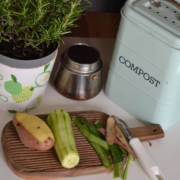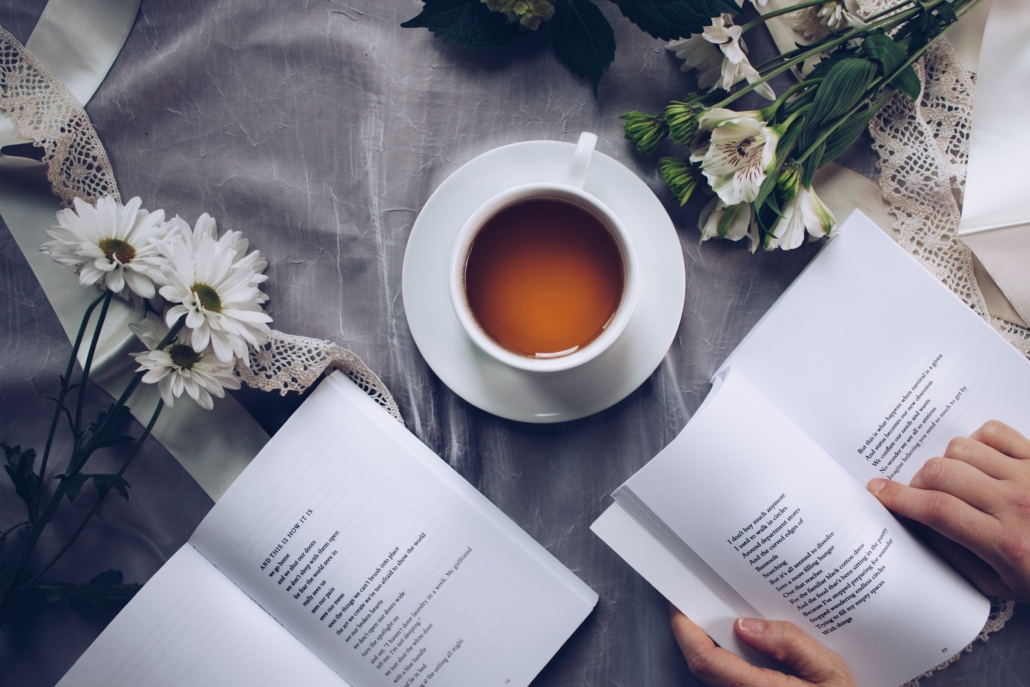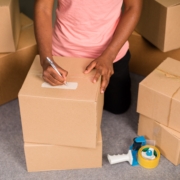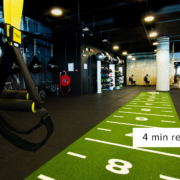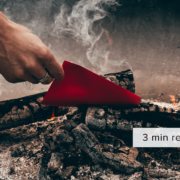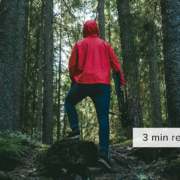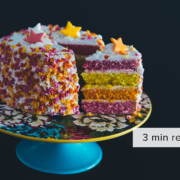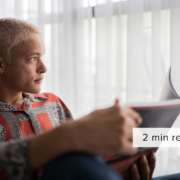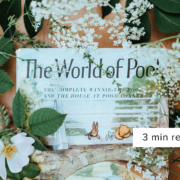Today I have to get to workout
There’s no better time than New Year when it comes to making changes and self-improvement, right?
After the excesses of Christmas, many of us look to exercise to kick start a new health-conscious regime. And while the gym can be a great form of self-care, for some the idea of actually going can be quite daunting.
I see a lot of negativity on social media when it comes to the gym – people being made to feel unwelcome or concerned they’ll go viral if they do an exercise wrong. As someone who regularly goes to the gym (dare I say even enjoys it!) I understand the worry, but it’s worth bearing in mind this in no way reflects the gym community as a whole. Most of us are really supportive and encouraging!
So, if you’re about to embark on a ‘New Year, New Me’ resolution over the next few months, here are a few of my personal tips to help you navigate the gym.
Find your feet
Whether it’s day one or day 100, take a few minutes to familiarise yourself with your surroundings. Think of it like your first day in a new office, but instead of finding the coffee machine you’ll want to know where the water fountain or kettlebells are. By scoping it out, you’ll know exactly where to go for your next exercise.
Work out a plan
Whatever your goals, a plan is vital. It’s why you’re going to the gym today. Some plans might be simple, but others (a Push, Pull, Legs split for example), need a bit more research and you might not know where to start. If you’re looking for something free, why not try an app like MyFitnessPal. It won’t create your workout but does give you a range of exercises to choose from so you can build your own and you can even save it in the app. For something more bespoke a personal trainer can create a plan for you, but this likely comes at a cost.
So whether you‘ve written it in your notepad, saved it on your phone, have it memorised or your trainer does, what’s the plan?
If you don’t know, ask
Now you’ve got a plan, you’re ready to go. But just as you’re about to start your next exercise, you can’t remember the difference between Romanian and sumo deadlifts. No problem, just ask for help. If you don’t fancy asking someone or there’s no one around, just ask your phone. YouTube can be your best friend when it comes to exercise and is a useful tool for improving your technique. Remember, asking for help in any form isn’t a weakness.
Don’t sweat it
While we’re on the subject of phones, you can’t go far without seeing someone recording on theirs and the gym is no exception. But remember, most people are in the gym for the same reason you are – to workout. While there’s no guarantee you won’t end up in the background of someone’s video, my best advice is don’t sweat it and keep doing you!
Pump up the jam
Pump it up, while your feet are stompin’… Okay, that’s quite enough of that, but the point stands. Having a great playlist can motivate you to get your workout started, make it more enjoyable and might even be the difference between achieving a new personal best or falling just short. My playlist is a combination of heavy rock, dance, hip-hop and even some Greatest Showman for when the moment’s right (the moment is always right!).
Music not your thing? Why not try a podcast or audio book instead? Anything which gets you in the zone to help reach your goals.
The gym is a great place for you mind and body, it’s a place to focus on you. So next time you’re struggling for motivation remember, a workout isn’t always about building muscle or health, it’s also therapy. Go get yours.


